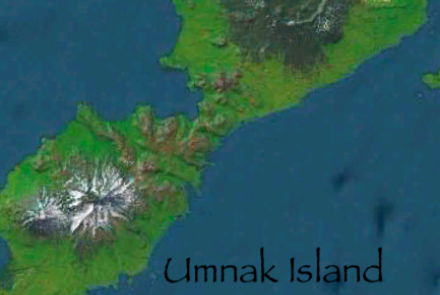Plastic Pollution in North Pacific Seabirds
We normally think of Alaska and Northwestern Canada as being fairly pristine and free of many of the environmental pollutants that occur in more populated areas of the world. However, recent work on seabirds in Alaska indicates that this is not always the case. Almost 25% of individual seabirds examined have contained plastic pellets or fragments of plastic which they have picked up from the surface of the ocean. In some species the frequency of contaminated birds is frightening; 83% of the Short-tailed Shearwaters and 75% of the Parakeet Auklets examined contained plastic particles.
This plastic is primarily polyethylene, a type used in making plastic bags and squeeze bottles commonly found around the house. The plastic enters the ocean during manufacture or shipment, or from the at-sea dumping of garbage by merchant or fishing boats, and is moved around in the ocean by currents and winds. It appears that most of the plastic in the North Pacific is produced in Japan, and that plastic which enters the ocean there is transported by major oceanic currents to Alaska where it is eaten by seabirds. Birds in the Gulf of Alaska and the Aleutian Islands contain more plastic than do birds in the Bering Sea, primarily because currents that carry the plastic do not transport much water into the Bering Sea.
The plastic remains in the stomach until worn down and appears to be harmful to some of the birds. Birds having large amounts of plastic in their stomachs generally weighed less than birds containing little plastic. Some of the bird's stomachs were found to be entirely filled with plastic and stretched to their maximum capacity; a full stomach decreases the tendency for animals to eat, and this probably decreases the survival ability of the birds. In addition, the ingestion of large amounts of plastic appears to have decreased the ability of Parakeet Auklets to breed successfully, for breeding adults averaged half of the plastic that non-breeding adults did. Thus, as in the case of DDT produced in the Northern Hemisphere ending up in the bodies of Antarctic penguins, plastic accidentally introduced into the ocean in the North Pacific may end up in the bodies of seabirds in Alaska, and may have serious implications for the future of these birds in Alaska.



